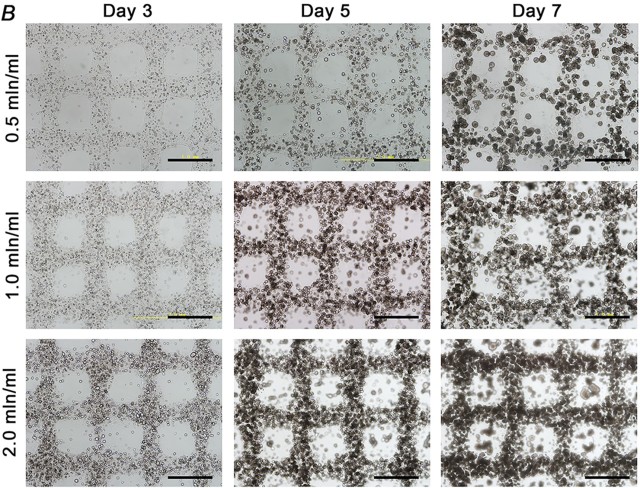
Printing functioning organs may still sound like science fiction, but a new process for creating embryoid bodies (EB) by 3D printing embryonic stem cells (ESC) could bring us another step closer to turning science fiction into science fact.
Researchers from Tsinghua and Drexel universities used an extrusion-based 3D printer to create three dimensional grids of ESCs embedded in hydrogel. These structures demonstrated cell viability and rapid self-renewal for seven days. During this time, the ESCs also maintained high pluripotency: the ability to change into various different cell types.
“The grown embryoid body is uniform and homogenous, and serves as a much better starting point for further tissue growth [compared to 2D methods],” said Wei Sun, a professor at Drexel University and lead author of the article in Biofabrication. Their present goal is to develop their method to manufacture EB at a high-throughput, providing the building blocks for experiments on tissue regeneration or drug screening studies.
The 2D methods Sun is comparing to his 3D printing technique include common alternatives like printing two-dimensionally in a petri dish, or using the suspension method to build up a stalagmite of cells by dropping material.
Dr. Dan Thomas of Swansea University commented, “This research shows great promise towards the development of self-differentiated tissue structures. The test structures show a potential method for how to develop tissues that divide and organise themselves into complex living tissue.”
Read more at ENGINEERING.com

